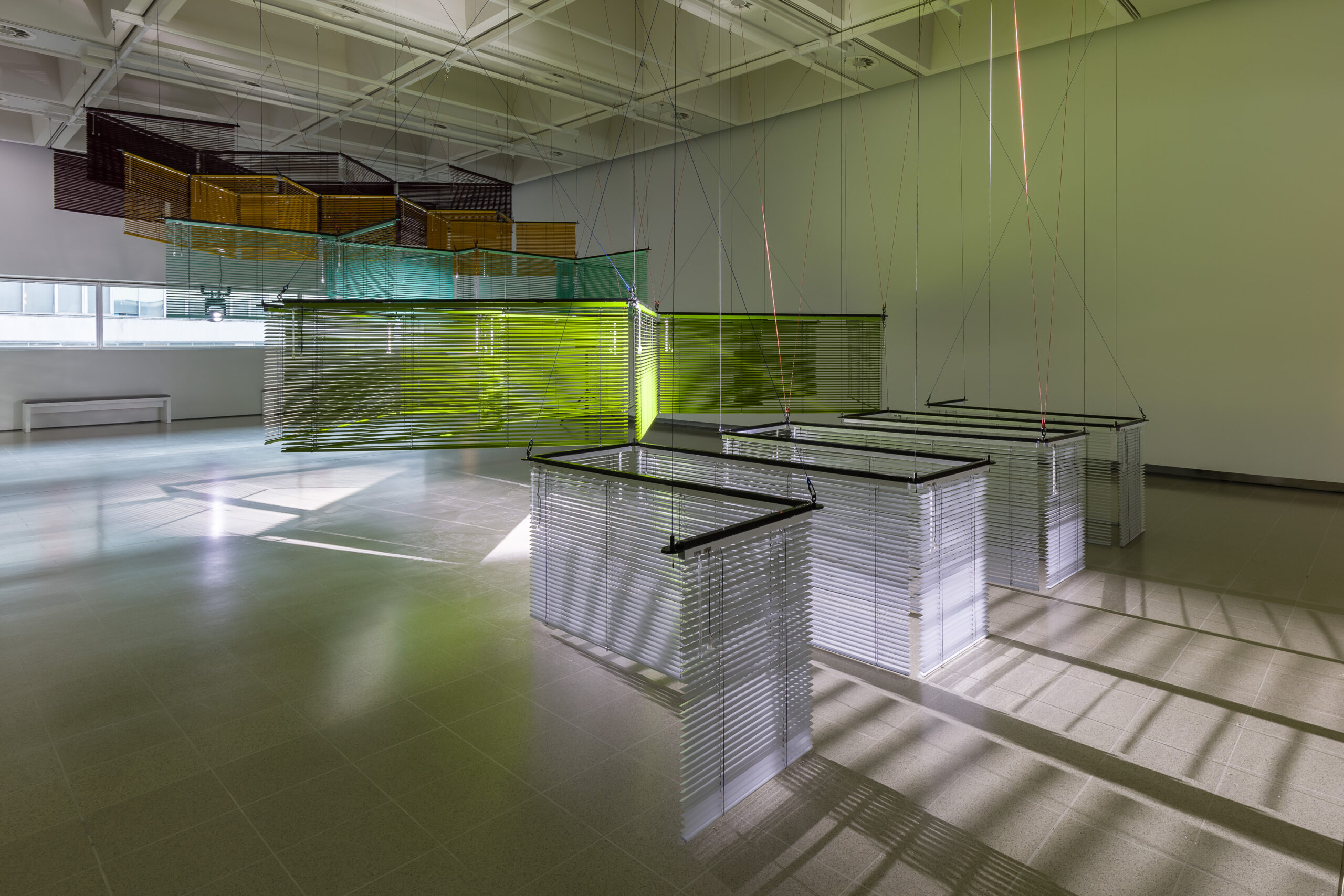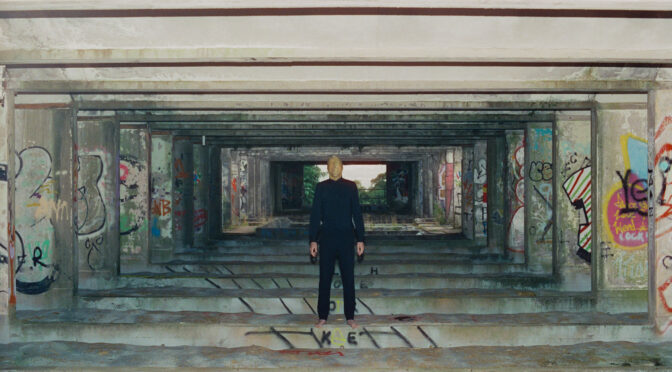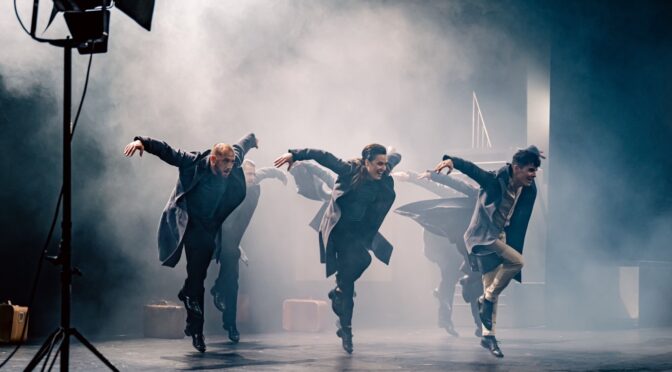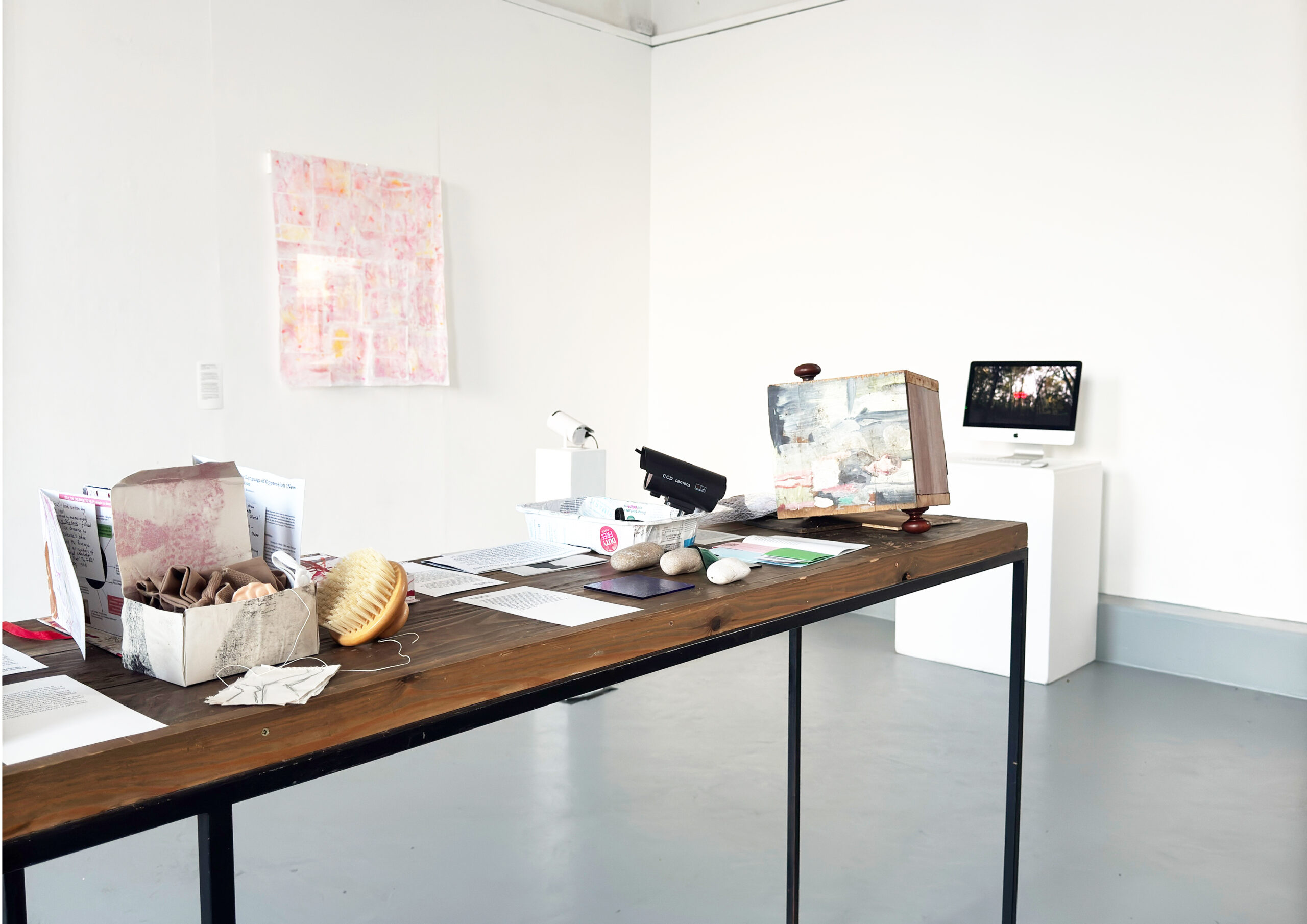The Bindi – A decorative forehead dot worn by Indian women, laden with meaning of social and religious principles and the point at which human consciousness affixes to the spiritual realm – and additionally a symbol synonymous to the creative career of artist, Bharti Kher. But what made her choose this as an emblem of her work and how has it evolved in form and meaning over time?
Six years into the new millennium, Bharti presented to the world ‘the skin speaks a language not its own’ depicting a life size sculpture of a dying elephant covered entirely in white snake bindis, she happened to purchase while walking through a New Deli market. The figure, which many attribute to be her breakthrough work, asks us to consider the skin as a palest of many layers of history, mythology, geography, and space – with the binidi being the vital component that raises the thinking in its onlooker.
A year later she would present her next evolution of the bindi in ‘an absence of assignable cause’ which was her deeply researched envision of a sperm whale’s heart, made from fiberglass – and you guessed it – decorated in bindis. In what is a spectacular feast for the eyes, the heart of the Blue Sperm Whale is the largest functioning heart amongst mammals and for Kher, an organ which ignites the question of why we love:
“We don’t know why we love; we don’t know why we have this thing called pain, we don’t know why we make relationships with other people and experience extreme joy or heartbreak.”
The bindi is the emblem which allows her to explore these questions. Cross culturally it is understood as a symbol representing the human understanding of something which is more paramount to our existence. It is the thing that adds poignancy to Kher’s work and allowed her to explore biopolitics in her 2013 piece ‘cell III’. Created using pink felt bindis mounted onto board, the piece mirrors what we would perceive to be bacteria under a microscope, as a prompt not to mistake the arts and sciences as being distinctly opposite in nature and an ask of us to analyse the importance of our individual existence.
Now, in her new commission, on the external walls of Hayward Gallery, she yet again transforms her chosen iconography, this time into a large scale, mesmerising concentric circle. The title ‘Target Queen’ takes inspiration from her 2007 diptych of the same name. It’s bold presence amongst the brutalist walls hangs as a reminder to those who pass by, of a goddess divinity within them, separate to religious doctrine of faith.
Quizzed on whether she believed the UK to be lacking in a national sense of spirituality she simply stated:
“There is no prize for who is closer to the spirit…I don’t hear the sea telling anyone how to move in its waters.”
The instillation is an injection of vibrant femininity on the riverside of London’s Southbank and is a much-needed motif for the country’s capital and its quotidian life. Its colours can be seen suspended from the Southbank Centre and is a must see, as a place to stop and ponder life and they ways in which it can manifest.
Review by Emma Carys
Featured Image – Bharti Kher – Target Queen, Hayward Gallery, 2024. Photo credit – Jo Underhill. Courtesy of the artist and Hauser & Wirth.
Target Queen is generously supported by the Hayward Gallery Commissioning Committee, Kate and Ajay Agarwal and Hauser & Wirth. Bharti Kher: Target Queen | Southbank Centre
On Thursday 12 September, the Hayward Gallery unveiled Target Queen, a mesmerising and colourful large-scale new commission by British-Indian artist Bharti Kher. Marking the first time that Kher’s ambitious outdoor work has been presented by a London institution, Target Queen is positioned across the Hayward Gallery’s eastern and southern facades, celebrating and playfully interacting with the iconic architecture and cultural playground of the Southbank Centre.
Target Queen launches alongside Bharti Kher’s solo exhibition Alchemies at Yorkshire Sculpture Park (on until Sunday 27 April 2025). Bharti Kher: Alchemies | Yorkshire Sculpture Park
Read our latest at Hayward Gallery Review: ‘Haegue Yang: Leap Year’ – A Playful Exploration of Light and Sound, at Hayward Gallery until 5 January 2025 – Abundant Art
Read our latest in exhibitions Review: Anastasia Samoylova’s ‘Adaptation’ – A visual journey examining the distinction between simulated ideologies and reality – at Saatchi Gallery until 20 Jan 2025 – Abundant Art





